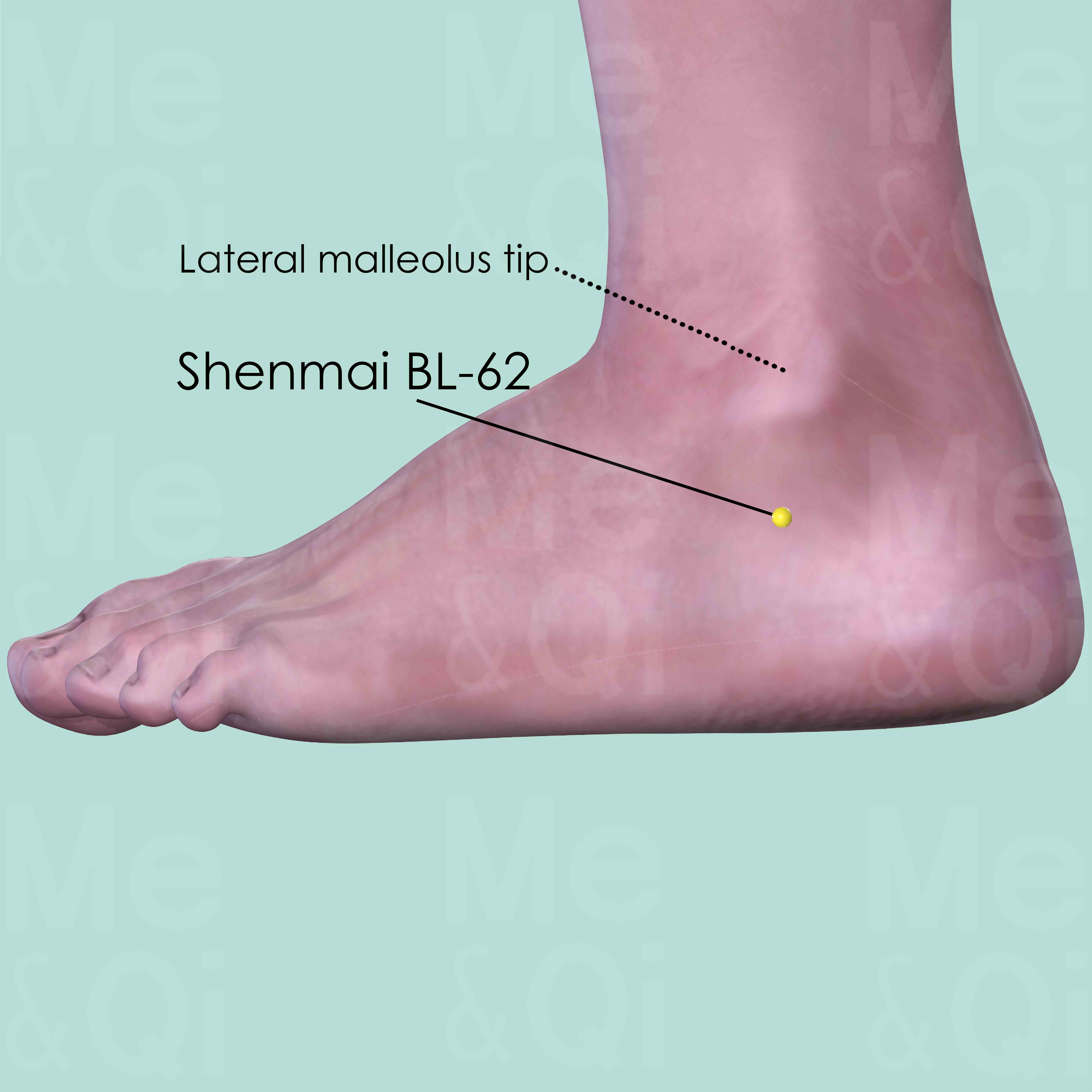Scapular Asymmetryaccording to TCM
Symptom families: Bone and Skeletal Symptoms and Disorders, Shoulder Issues
What is Scapular Asymmetry?
Scapular asymmetry describes a condition where the shoulder blades, or scapulae, are at different heights or positions on the back. This can result in a noticeable imbalance that may affect posture, movement, and muscle function.
It is often the result of underlying musculoskeletal issues, such as differences in muscle strength, scoliosis, or previous injuries that disrupt the symmetry of the upper back. Scapular asymmetry can lead to discomfort, reduced range of motion, and, over time, may contribute to the development of chronic pain or dysfunction.
How does TCM view Scapular Asymmetry?
Traditional Chinese Medicine (TCM) views scapular asymmetry as a sign of imbalance within the body's meridians, the pathways through which Qi (life force) flows. Rather than simply a musculoskeletal issue, TCM considers it a manifestation of disharmony in the body's energy.
The asymmetry might be seen as a reflection of uneven Qi distribution or blockages in specific meridians. Identifying the particular pattern of disharmony is crucial in TCM, as treatments are tailored to correct these energetic imbalances, aiming to restore symmetry and health.
Acupoints for Scapular Asymmetry
When addressing scapular asymmetry, TCM turns to specific acupoints believed to correct imbalances in the body's energy flow. One such point is Shenmai BL-62, found below the lateral malleolus of the ankle. While not located near the scapula, this point is traditionally used in TCM to address imbalances that manifest in upper body asymmetry.
By stimulating Shenmai BL-62, a TCM practitioner aims to remove obstructions from the channel, regulate the Yang Stepping Vessel, and pacify Wind—both interior and exterior. This is part of a holistic approach to treat the root causes of the asymmetry, not just its physical symptoms.
See more details below about Shenmai BL-62, an acupoint used to address scapular asymmetry.
- By Meridian
- Bladder Channel

